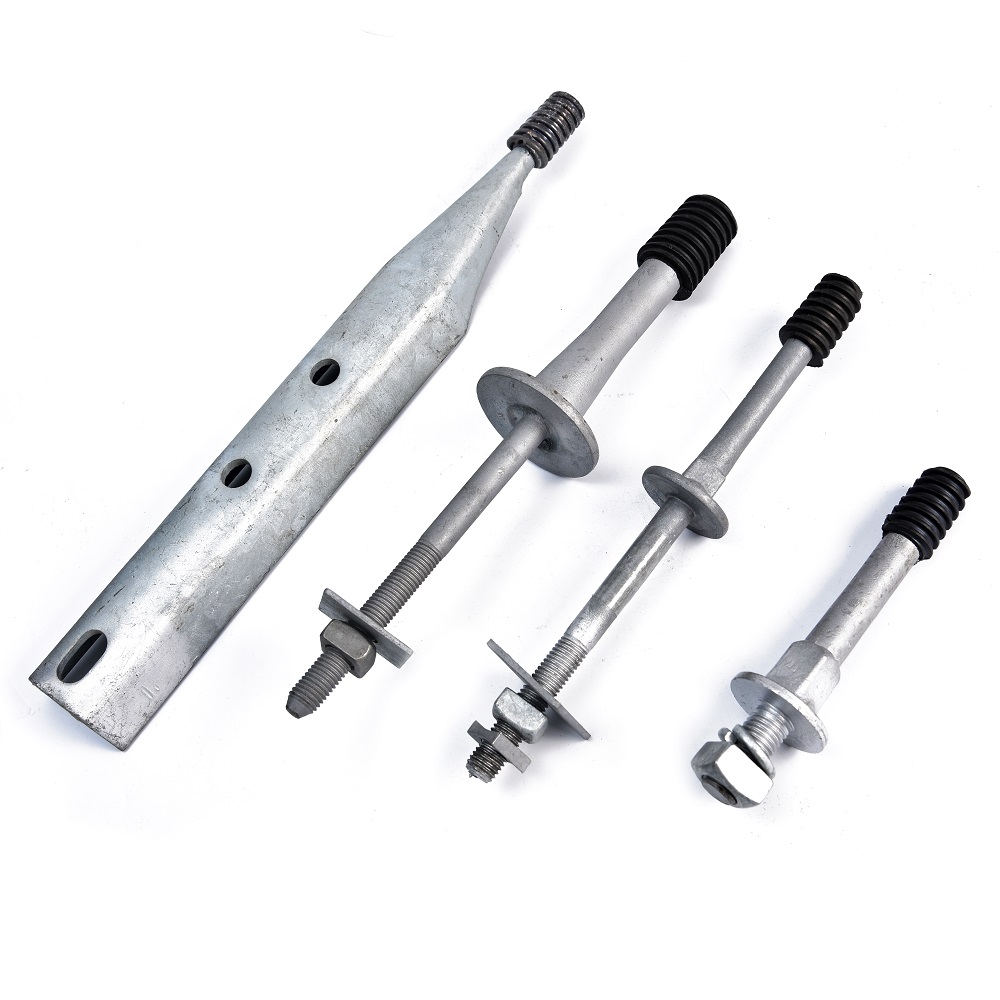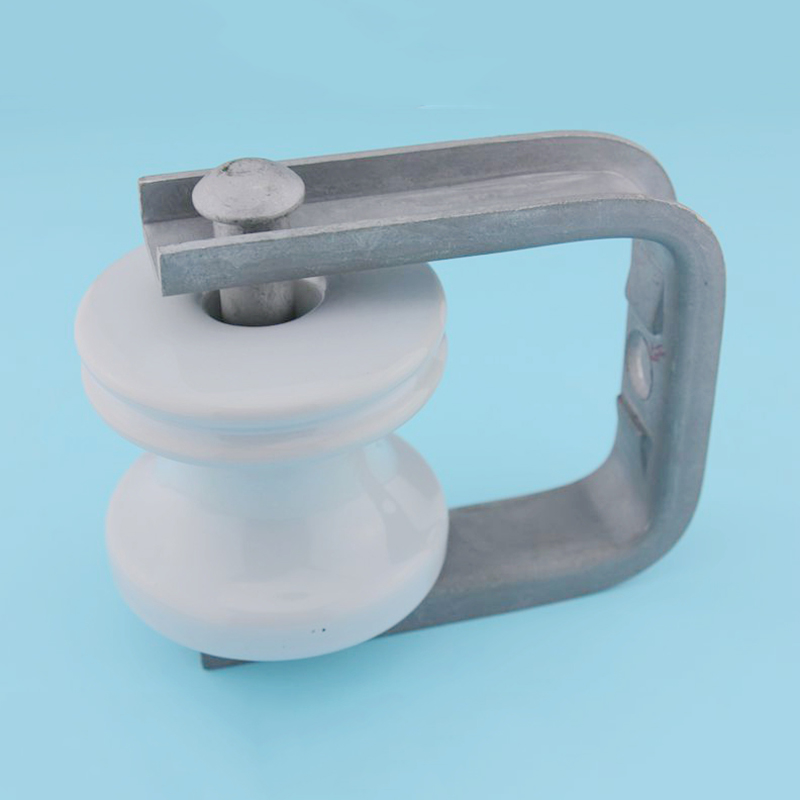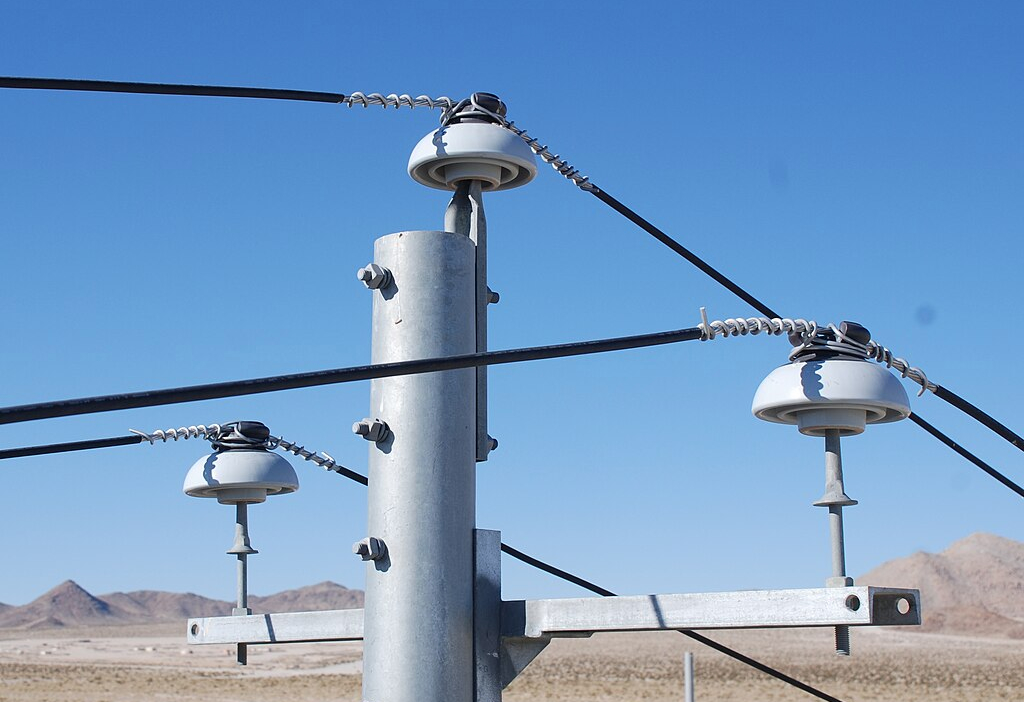Identify the advantages and disadvantages of tiles:
1. The glaze should be smooth and delicate;
2. Put a few pieces of ceramic tiles together and look closely in the light. The color difference of a good product is very small, and the hue of the products is basically the same; while the poor product has a large color difference, and the shades of the products are different;
3. The color and color of tiles are clear and natural, indicating that the degree of porcelain is high, the color is not clear, and the degree of porcelain is low;
4. The color patterns should be exquisite and realistic, with no obvious defects such as lack of color, disconnection, misplacement, etc.;
5. Drop a few drops of tea juice or water on the back of the ceramic tile. After a few minutes, depending on the degree of inhalation and diffusion of the water droplets, no water absorption or low water absorption yield good quality.
6. Tap the tiles to hear the sound is crisp, the sound is more brittle, the degree of porcelain, the higher the density, good hardness;
7. Scratches with sharp objects to scratch the tiles. If scratches indicate poor enamel slipping, the glazed surface will not clean the brick surface.
Living room brick
8. When buying, within one meter to the naked eye to see whether the surface of the pinhole, if any, that the glaze is not fully integrated, easy to produce dirt accumulation;
9. Observe the degree of warping: to see whether the side of the tile is straight when viewed with the naked eye, if the warping situation is serious, it will affect the firmness of the tile laying in the future;
10. Specifications can be measured with a caliper. The deviation of good product specifications is small. After laying, the products are uniform, bricks are straight, and the decoration effect is good. Poor product specification deviations, and product sizes vary;
11. The tone of exterior wall tiles should be in harmony with the surrounding environment. Generally, high-rise buildings should not use white or light-colored exterior wall decoration tiles to avoid the lack of texture of the building; in the interior decoration, floor tiles and interior wall tiles The shades of the colors must be matched with each other. All the facilities in the bathroom shall be mainly sanitary ware, and the quality and grade of the wall tiles and floor tiles and various accessories including hardware and other supporting materials shall be coordinated with them.
12. According to the use of the environment to choose a specific tile, such as kitchen and bathroom is the best choice for non-slip and easy to clean all bricks.
Tiles Floor tiles Decorative kitchen tiles Bathroom tiles Colors Bathroom tiles Bathroom tiles Bathroom tiles Bathrooms Exterior wall tiles Kitchen tiles Tiles Specifications
Insulator Hardwares
Insulator hardware for Poleline Hardware refers to the components used to support and insulate electrical conductors on utility poles. Some common insulator hardware used in poleline installations include:

1. Insulators: Insulators are typically made of porcelain, glass, or polymer materials and are used to prevent electrical current from flowing through the pole or other grounded structures. They provide electrical insulation and mechanical support for the conductors.
2. Insulator pins: Insulator pins are used to secure the insulators to the crossarms or other supporting structures. They are usually made of steel or other durable materials and come in various designs to accommodate different types of insulators.
3. Insulator Clevis: Insulator clevis are comprised of multiple insulators connected in series to provide the required electrical insulation for the voltage carried by the conductors. The number and arrangement of insulators in a string depend on the system voltage and other factors.
4. Suspension hardware: Suspension hardware includes various components such as suspension clamps, suspension insulators, and suspension links. These are used to support the weight of the conductors and insulators, ensuring proper tension and alignment.

5. Strain hardware: Strain hardware is used to absorb and distribute the mechanical forces exerted on the conductors due to wind, ice, or other external factors. It includes components such as strain insulators, strain clamps, and dead-end fittings.
6. Crossarm braces: Crossarm braces are used to provide additional support and stability to the crossarms, which hold the insulator strings. They are typically made of steel or other sturdy materials and help to prevent sagging or swaying of the conductors.
Yokelink Insulator Hardware are mainly used in transmission lines. It is used to connect crossarms, thereby joining the crossarms. By joining crossarms together, they are made stronger and more resistant to vibration.They are attached in cross arms of overhead transmission lines for supporting and connecting the crossarms by means other than welding. They join two crossarms or a cross arm with an insulator mounted on it. It is also put into one crossarm for joining cross arms together.
The Insulator cross arm pins have three parts – the crossarm pin base, a crossarm pin body, and the crossarm pinhead. The cross-arm pin base is fitted in an opening of a cross arm.The cross-arm pin body connects the cross arm with another cross arm or a crossarm insulator. The crossarm pinhead is placed on the top end of the cross-arm pin body and holds it into position so that it cannot move outwards.

Insulator Clevis, Post Studs, Pole Top, Forged Pin, Insulator, porcelain, Deadend
Ningbo Yokelink Machinery Co.,Limited , https://www.yokelink.com